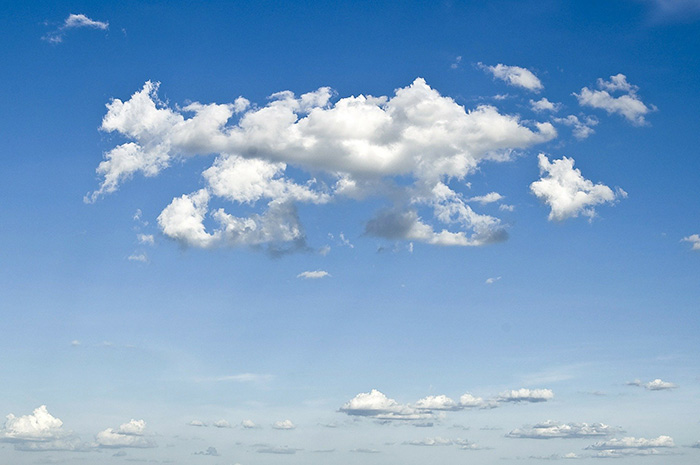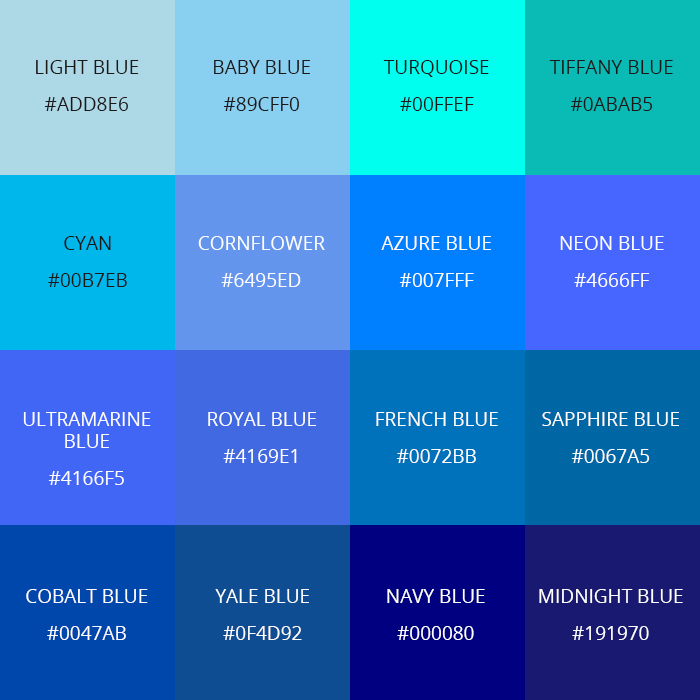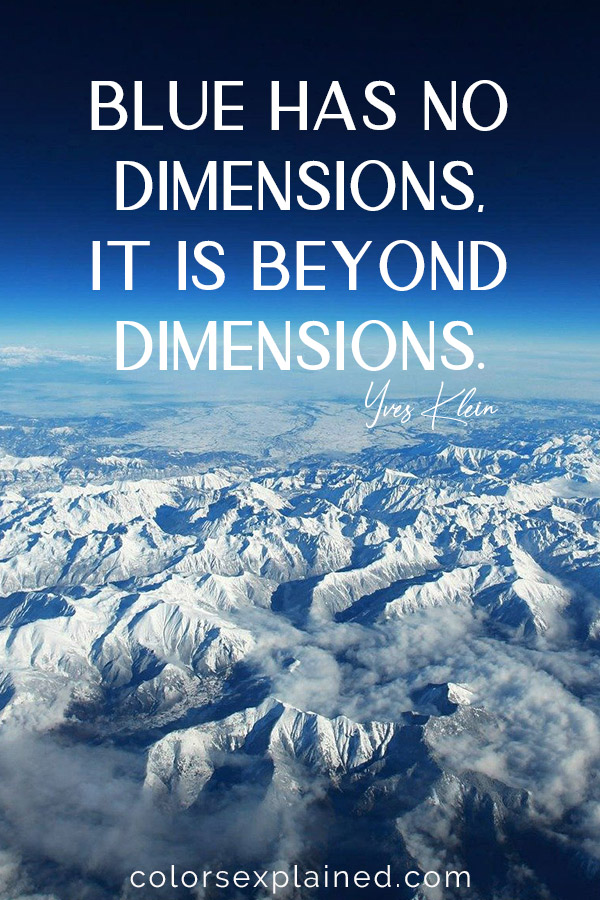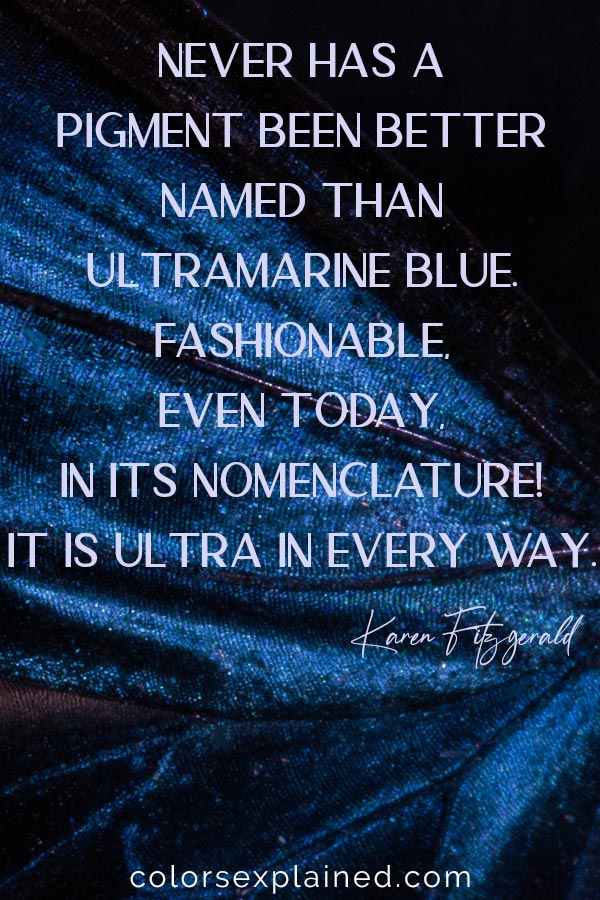What Does the Color Blue Mena in the Middle East
Blue is the color of trust, responsibility, and relaxation
Today's article is about not only the symbolism but also the meaning of the color blue as part of theColor Meaning Series.
For the other hues, check out our guide on color meanings.

Where do we find the meaning of the color blue?
In the bright blue of the sky in the spring or dark blue of a starry night? Or can we find it in the deep blue hues of the ocean?
Blue is everywhere. In the modern world, at least. The intangibility of blue is a key to many of its symbolic meanings.
Most people's favorite color is blue, just like most company's logos are blue as well.
There is a reason for that, and we will talk about it in this article. Beyond the symbolism and meaning of blue, we'll cover its most common uses, company logos, chakra, gemstone, facts, quotes, and idioms–all about blue.
Blue Color Symbolism in Different Cultures
As you'll learn here, blue has a wide range of meanings in different cultures.
- In Chinese culture, colors are associated with the five primary elements, the directions, and the four seasons, among others. The Chinese associate blue with wood, east, and spring.
- Blue, blue-green, and green are considered sacred colors in Iran, where they symbolize paradise.
- In Latin American countries, which are known to have high Catholic populations, blue is a sign of hope.
- In Greece, the color blue is believed to ward off "the evil eye." Those who believe in this Greek superstition wear a blue charm necklace or blue bracelet for protection.
- In India, drawings of the god Krishna often depict him as having blue skin.
- In North America, blue symbolizes trust and serenity, but also depression and loneliness.
- In Ukraine, the color blue can symbolize healing.
- In Mexico, blue is the color associated with mourning.
- In Aztec culture, blue symbolized sacrifice.
What Does the Color Blue Mean in the Bible?
Colors are used throughout the Bible to reflect meanings or spiritual truths in non-verbal communication.
According to many scholars, it is a crucial color in the Bible as it symbolizes heaven. Blue also represents the law, commandments, grace, revelation, and the Holy Spirit in the Bible. Lighter shades of blue in the Bible may also represent the Virgin Mary.
Psychological Meaning of Blue
For starters, color symbolism and color psychology are two different things.
For instance, would you consider the image below to be a male or female t-shirt?

Assuming you were born and raised in a Western country, chances are you answered male.
However, that wouldn't be the case if you were born and raised in China, where the blue color is considered feminine.
That's why color symbolism is, in fact, ambiguous. It depends on your conscious color associations.
Still, this article will also cover the psychological meaning of blue, which are the effects we inherited from our ancestors—it's a process of millennia.
Color Blue Meaning
Every color has positive and negative traits.
On one side, the blue color means loyalty, honesty, trust, responsibility, calm, commitment, wisdom, and serenity.
But blue, the fifth color of the rainbow, can also mean conservatism, authority, depression, predictability, weakness, and old-fashioned.
Most of its positive associations come from nature or landscapes that cause positive feelings in us.

For instance, imagine the turquoise waters of a Brazilian beach. Does that inspire calmness and relaxation in you?
Now think of the dark blue uniform of police officers. Does that give you a sense of responsibility, authority, and trust?
Well, it's not a surprise that the color blue meanings change a lot for contrasting shades.
Still, we also associate negative feelings with blue. For instance, when the color blue is used in excess, it can convey impersonality, coldness, and even unfriendliness.
Moreover, blue is often associated with sadness and depression.Winter blues, anyone?

In the meaning of the colors, blue relates to verbal communication. Blue is a giver, not a taker. It represents strong relationships and feels deeply hurt if betrayed.
A few other meanings of the color blue are trust and honesty as it instills confidence and inspires feelings of loyalty and integrity.
Blue, as we will talk more about below, helps us stay physically calmer, regulating heartbeat and breathing. It slows down the metabolism, too. After all, blue is a relaxing color.
Because of its non-polarizing and non-controversial aspects, blue is often considered the universal color.
Further out, blue is persistent and determined, but also predictable and conservative, facing changes with a particular difficulty. It lives in the past, hence why it also symbolizes sadness and depression.
According to L. Elizabeth Crawford, a psychology professor at the University of Richmond in Virginia, the association with sadness arose from the look of the body when it's in low energy or low oxygen state.
"The lips turn blue, there's a blue pallor to the complexion," she said. "It's the opposite of the warm flushing of the skin that we associate with love, kindness, and affection."

Physical Effects of Blue
All the colors have physical effects on us, including the color blue. Blue can:
- Lower our heart rates – Which is why we receive the overall feeling of relaxation and calmness. After all, blue is also a healing color.
- Enhance cognitive skills – Researchers have found that blue, together with red, enhances cognitive abilities.[1]
- Calm and relax – Glasgow and Tokyo cities experienced a decrease in criminality rate as well as in the number of people who took their own lives after blue street lights were set up.[2]
- Suppress appetite – From all the colors of the spectrum, blue food is the rarest occurring in nature, which decreases our appetite response to the color.
Personality Color Blue
Is blue your favorite color? Do you have many blue things at home? Our favorite colors reflect our personalities. Then you might want to read about the personality color blue.
Meanings of Blue Shades
Columbia blue: Columbia blue is a light tint of the color that represents trustworthiness, reliability, and tranquility. It can also mean innocence and weakness.
- Columbia blue hex code: #D1EAF0
Turquoise blue: Also known as aqua, this vibrant shade of blue represents dreaminess, youth, and reinvigorating feelings.
- Turquoise blue hex code: #00FFEF
Midnight blue: It is seen as a severe color, often confused with navy blue, and it represents intelligence, authority, conservatism, and elegance.
- Midnight blue hex code: #191970
More Shades of Blue

There are many different blue shades, tints, and values, such as sapphire, azure, royal, navy, cyan, turquoise, indigo, cobalt, sky, denim, cornflower, steel, midnight.
Most Common Uses of the Color Blue
Unlike most colors, blue is seen as not polarizing and non-controversial. Hence why many companies and web designers choose this cool color.
- From logos to business attire, blue is the most commonly used color in the corporate world.
- About 50% of all national flags of the world have some shade of blue on them.
- Blue jeans are the most popular pants.
- Police officer clothing is usually blue, which means professionalism, trust, and authority.
Companies and Brands That Use Blue in Their Logo
Blue is often used to promote financial services, insurances, electronics, and software.
Currently, about 33% of the top 100 world's most valuable brands use blue in their logo.

Blue Chakra
Each of the seven chakra colors has a symbolic meaning, and the blue chakra is no different.
The throat chakra, Vishuddha, is represented by the color blue and allows us to express ourselves clearly.
Blue Gemstones
Some believe blue gemstones are powerful healing stones that give wisdom, enhances communication, helps to get focused and relaxed.
Facts About Blue
- Blue has one of the shortest wavelengths of all colors of the spectrum (~450 nanometers).
- After WW2, pink and blue became gendered colors. Blue was then associated with boys and pink with girls in the Western countries, but before that, pink and blue were universal colors.
- The sky appears to be blue because of the called Rayleigh scattering effect. When sunlight passes through the atmosphere, the blue wavelengths are scattered more widely by the oxygen and nitrogen molecules, and more blue comes to our eyes.[3]
- As for the ocean, the water absorbs the longer wavelengths reflecting scatters of blue. Still, its color is also influenced by the color of the sky, algae, other plants, and sediments.
Quotes About Blue
You can find a few quotes below but on this link, you'll find many more quotes about blue.
Blue has no dimensions, it is beyond dimensions.
Yves Klein

Let the blue sky meet the blue sea, and all is blue for a time.
Moncy Barbour

A certain blue enters your soul.
Henri Martisse

Never has a pigment been better named than ultramarine blue. Fashionable, even today, in its nomenclature! It is ultra in every way.
Karen Fitzgerald

The blue color is everlastingly appointed by the deity to be a source of delight.
John Ruskin

There are connoisseurs of blue just as there are connoisseurs of wine.
Sidonie Gabrielle

Popular Idioms With the Word Blue
- Feeling blue/getting the blues: To feel depressed and sad.
- Out of the blue: When something happens unexpectedly.
- Singing the blues: To feel sad and discouraged.
- True blue: To be extremely loyal.
- Blueblood: A person of noble birth.
- Baby blue: Postnatal depression.
- Into the blue: Completely gone or disappeared without a trace.
- Blue language: To curse, to say obscenities and profanities.
- Once in a blue moon: When something is scarce/hardly ever happens.
- Blueprint: A complete plan or model that explains how to do or develop something.
Summary Color Blue Meaning
The most universally appealing color on the spectrum, blue, has non-polarizing traits. It is a calming and relaxing color, and it enhances cognitive skills, especially creativity.
It gives a soothing sense of peacefulness, but also the impression of authority.
Still, not all associations with the color blue are positive. Blue can also be fragile, depressive, impersonal, and even cold. Too much blue can be an appetite suppressant.
All in all, blue is a versatile color that can fit most situations when combined with the right colors.
Blue means: trust, responsibility, loyalty, authority
Effects of blue: calms, relaxes, creates order and creativeness
Positive traits: honesty, commitment, serenity, peace
Negative traits: fragile, depressive, conservative, predictable
buzacottloself1990.blogspot.com
Source: https://www.colorsexplained.com/color-blue-meaning-of-the-color-blue/